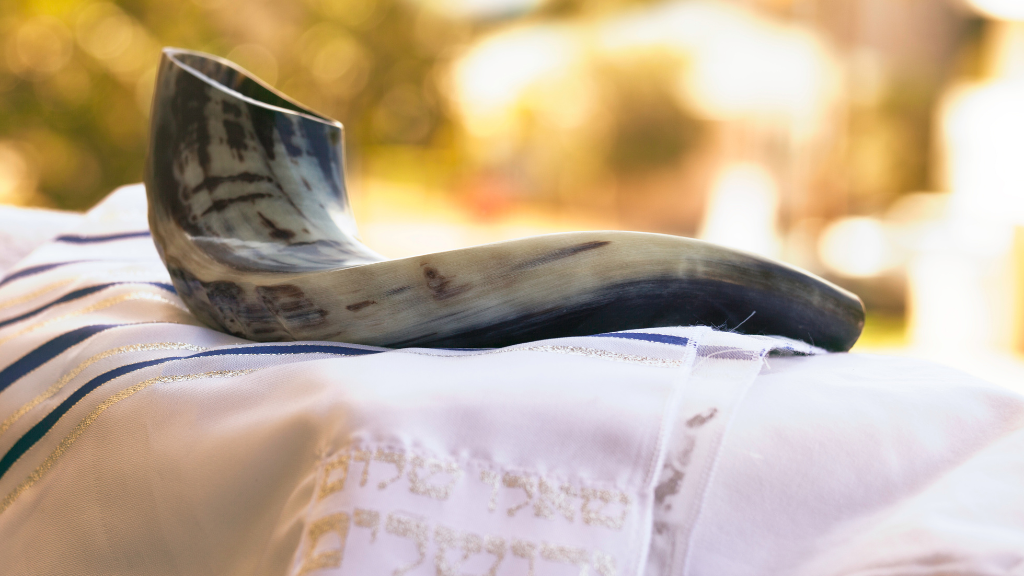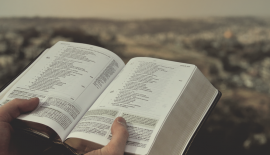Shofar – Signs of the Faith
In this series, ‘Signs of Faith’, objects that express Jewish faith are explained and discussed.
Everyone knows the shofar, the ram’s horn. It is blown in small or large sizes during the services on Rosh Hashanah (the Jewish New Year), on Yom Kippur (Great Day of Atonement), and in the morning services in the month of Elul (preceding Rosh Hashanah). The original Biblical name of Rosh Hashanah is even a reference to it: the ‘day of blowing [of trumpets]’ (Leviticus 23:24).
In Biblical times the shofar also announced the Sabbath, the new moon, the feasts and the year of jubilee.
Most translations add the word ‘trumpets’ as a clarification. However, this translation actually creates a wrong association. It makes you think of a wind instrument made of copper or another metal. But the shofar is a horn of an animal. By the way, silver trumpets were used, too, in the Temple service.
The shofar is mentioned even before Leviticus 23, namely at the revelation on Sinai (Exodus 19: 16 and 19). The appearance of God at Sinai is announced by an ever-louder sounding of the shofar.
The sound of the shofar proclaims God’s kingship, calls people to repentance and calls for God’s mercy.
The shofar was used in the Bible and in later times as an alarm instrument. The piercing sound called to battle or sounded when there was an emergency. The Talmud (Jewish oral tradition), for example, speaks of blowing on the shofar during prolonged drought as a call to fast and pray.
In the liturgy of Rosh Hashanah, the sound of the shofar has three functions: it proclaims God’s kingship, calls people to repentance and calls for God’s mercy. It is a combination of three sounds: one elongated tone, three wailing tones, and nine staccato tones.
The shofar is made from the horn of a kosher animal. Most often, the horn of a ram is used. This recalls the ram at the binding of Isaac (Genesis 22). This story is also read on Rosh Hashanah. The Yemenite Jews traditionally use the long, curled horn of a certain African antelope, although the scholars of the Talmud generally preferred the horn of a goat. A cow’s horn does not qualify, as it evokes the association with the golden calf.






